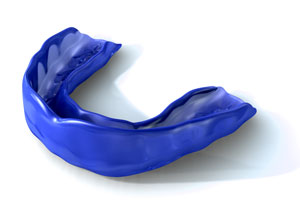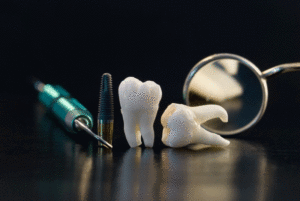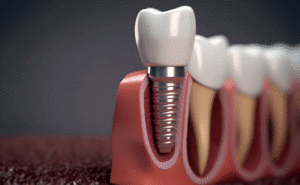It’s estimated that over 5 million teeth are damaged or avulsed each year from playing sports, amounting to some $500 million in costs to have such issues repaired. In fact, according to the Journal of the American Dental Association, up to 39 percent of all sports injuries are dental related.
When it comes to dental injuries and sports, hockey is likely the first one that comes to mind. Dental injuries are also common in other contact sports like football, but there’s also several other sports like soccer, basketball, baseball/softball, field hockey and lacrosse. In fact, estimates from the Academy of General Dentistry (AGD) state that soccer players are even more likely than football players to sustain a dental injury.
However, the good news when it comes to sports and dental injuries is that, for the most part, measures can be taken to significantly decrease the risk. With that being said, here’s a look at some tips to protect your kids’ teeth while they play sports:
Equipment
One of the reasons as to why soccer players are more likely to sustain a dental injury than football players is because face masks and mouth guards are not mandatory in the game. We’ll get to mouth guards in a little bit, but the fact of the matter is that if your child plays a sport and facial protection is either required or recommended, it’s not only important to have them wear it, but it’s important that it fits correctly. Not only will this make the face mask or helmet more comfortable to wear and easier to play while wearing, but it will also ensure that it’s providing the maximum level of protection, not just for your child’s teeth and mouth, but to the entire head area.
Mouth guards
The AGD states that mouth guards are believed to prevent some 200,000 injuries each year. However, they’re not mandatory in most youth sports. For instance, only about 7 percent of soccer, softball and baseball players wear mouth guards. Basketball players are being increasingly encouraged to wear mouth guards. When it comes to hockey and football, most youth leagues require players to wear both mouth guards and helmets with full face guards. Here’s a look at the different types of mouth guards:
Stock: Lowest cost option that also offers least protection due to limited fit adjustment. It’s better than nothing, but not ideal.
Mouth-Formed: Usually made from acrylic or rubber, these mouth guards are designed to be boiled and then fit to the athlete’s mouth. These offer better protection than the stock option.
Custom: The most expensive but also the best option, a custom-made mouth guard is made by your dentist – cast to fit the patient’s teeth. It fits the most comfortably and also offers the best protection.
Mouth guards are relatively easy to care for. Typically, it’s recommended that they be washed out with cold water and a mouth rinse before and after each use and stored in a perforated container between uses. Mouth guards should occasionally be cleaned out with soap or water.
Even if mouth guards and proper protection is worn, dental injuries can still occur. If your child ever loses a tooth, do your best to find the tooth and, holding it by the crown, clean it with water. After it’s clean, try to reinsert it into the socket. If that’s not possible, store it in milk or water. Either way – get to the dentist ASAP!
For more information on how to keep your child’s teeth safe as he or she plays sports, contact Caven Dental today.



